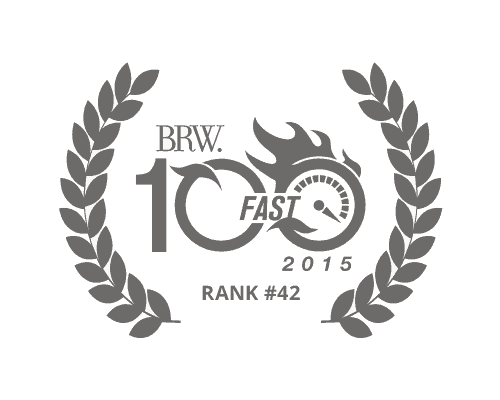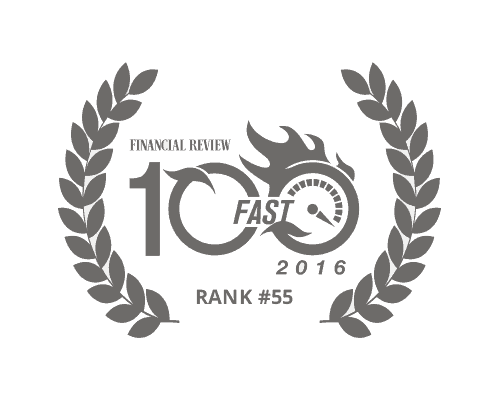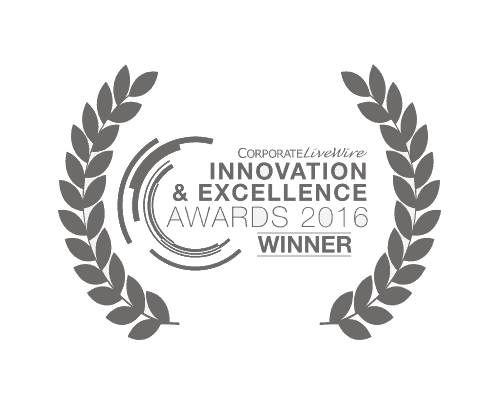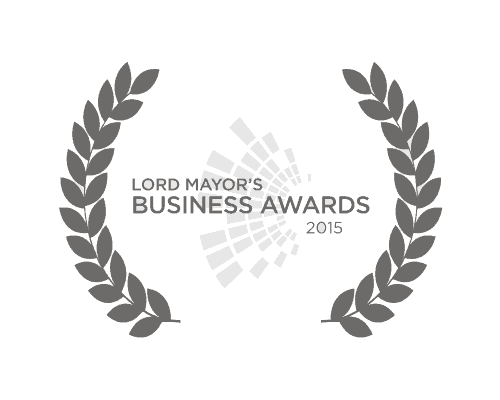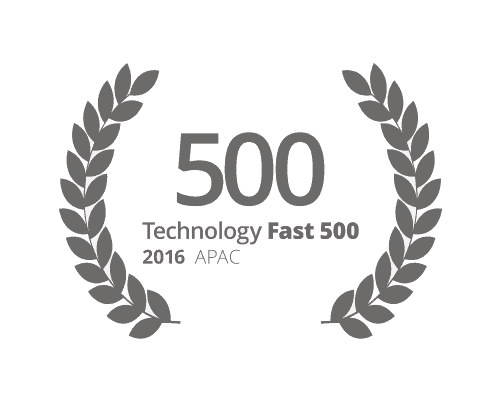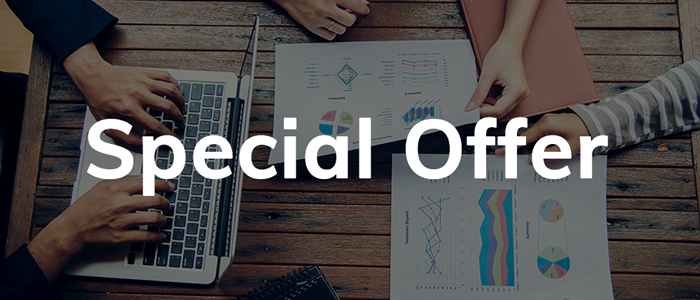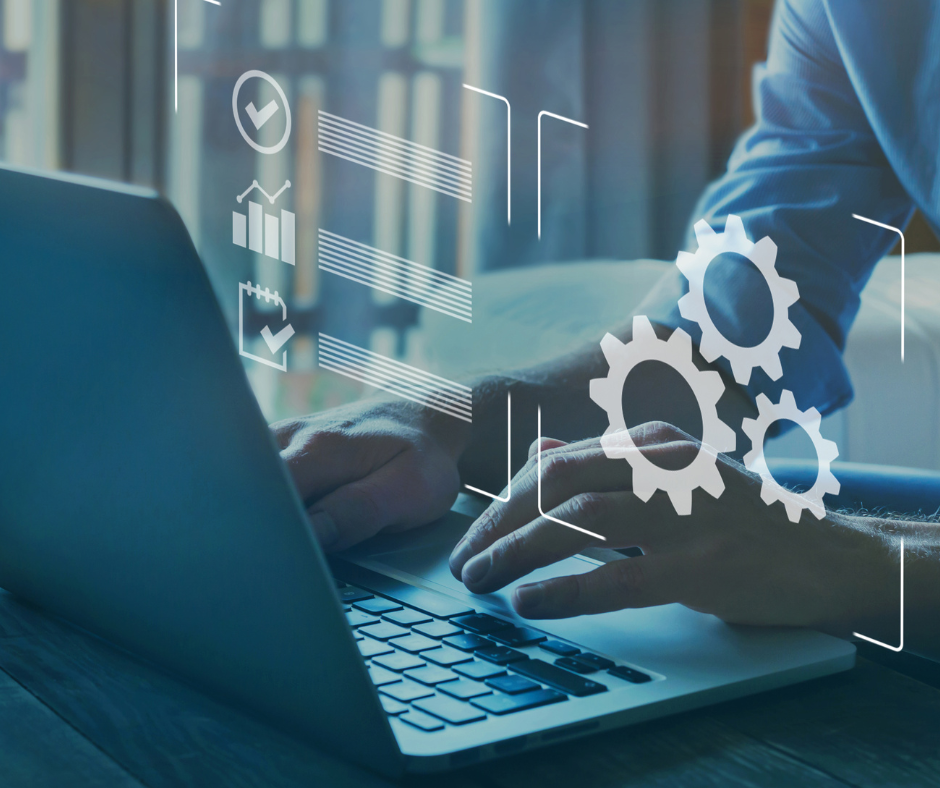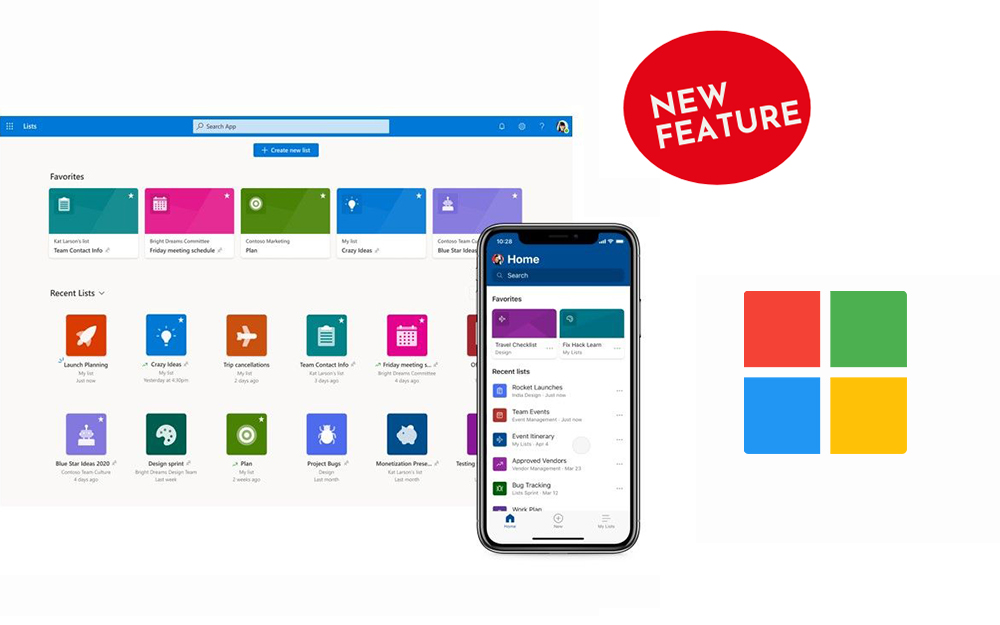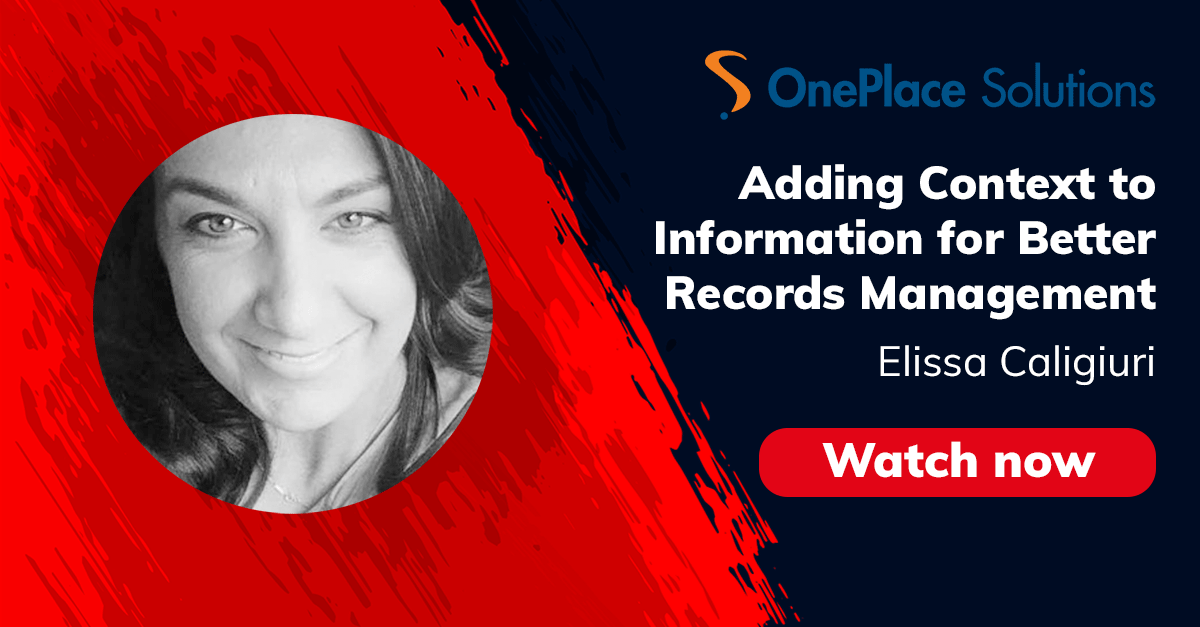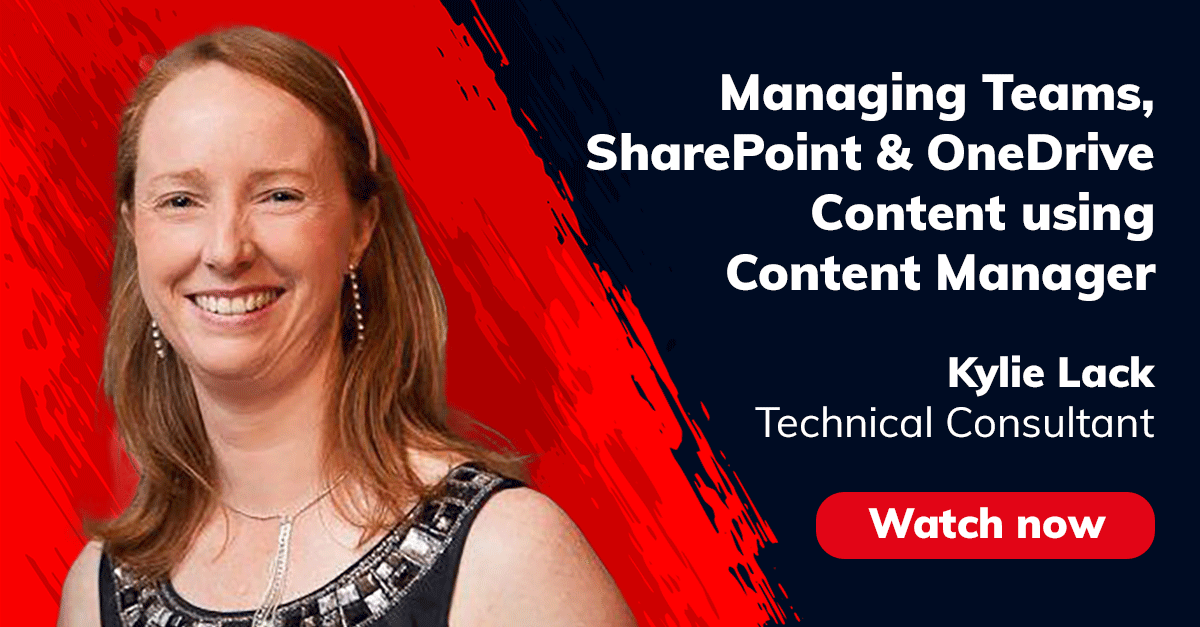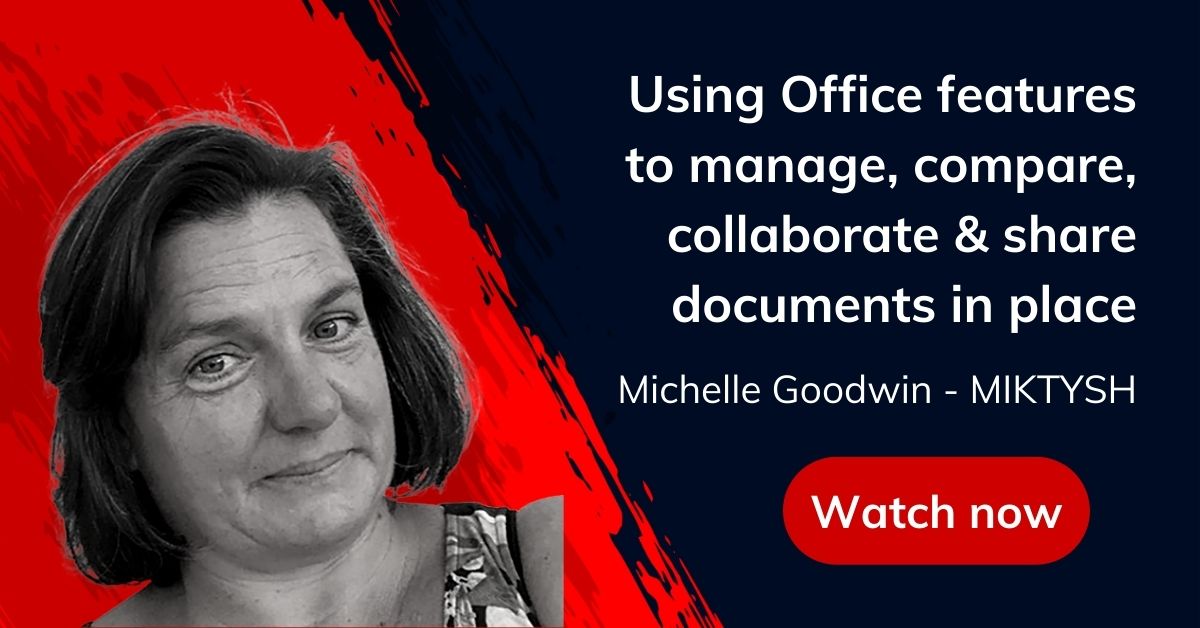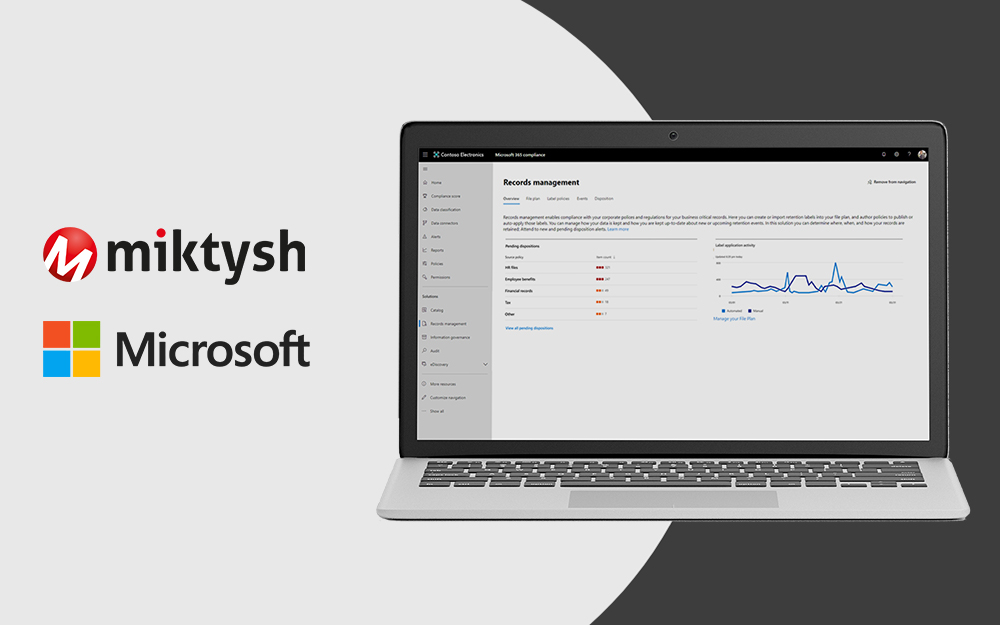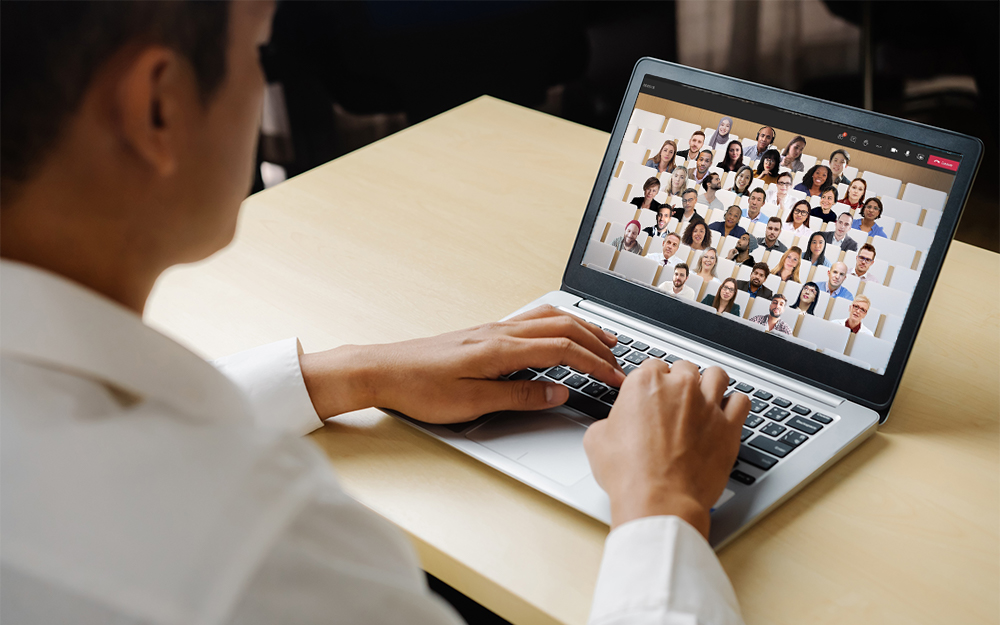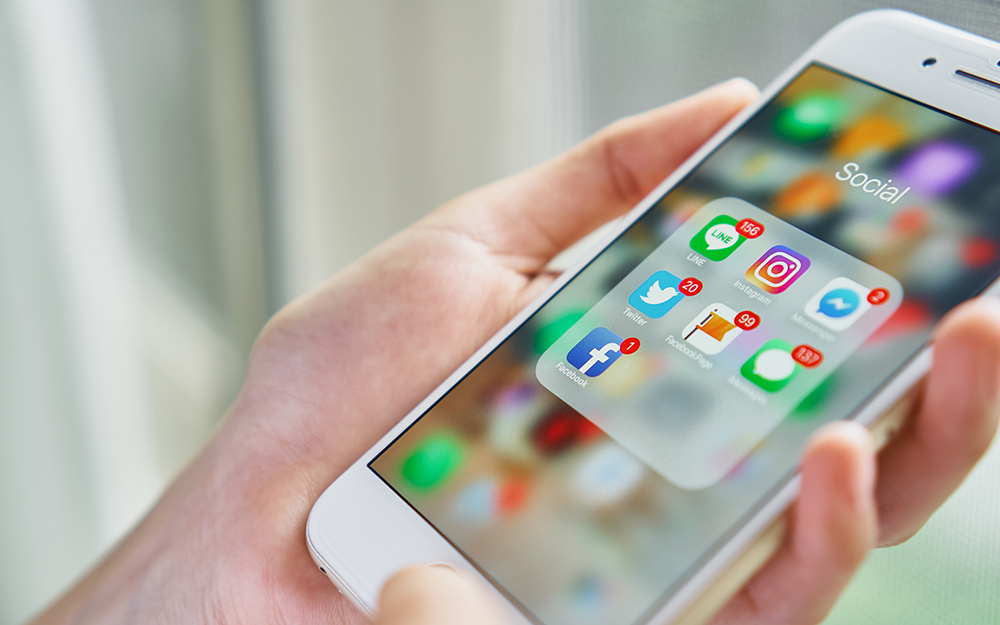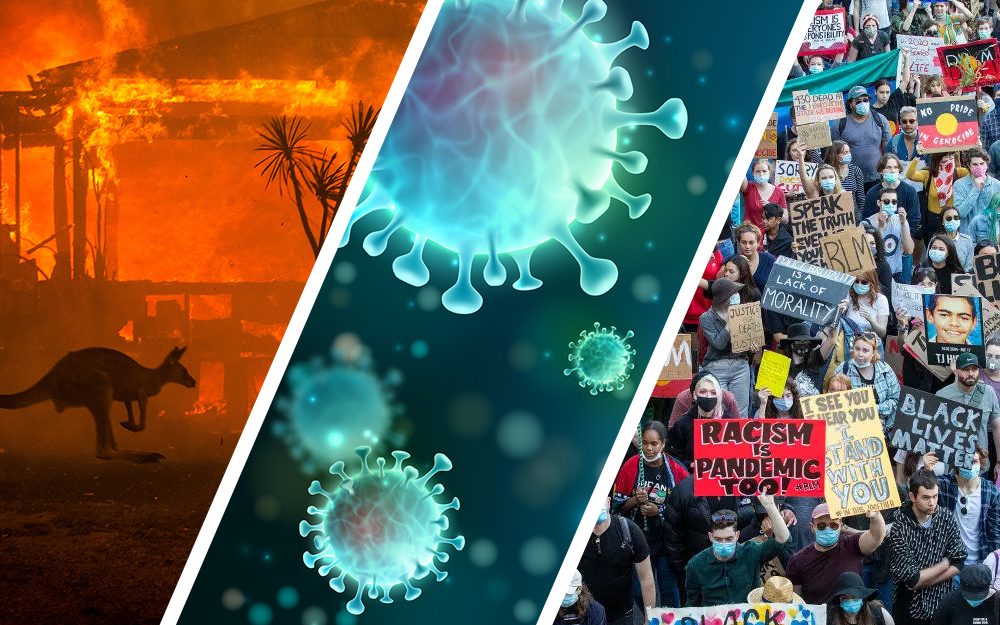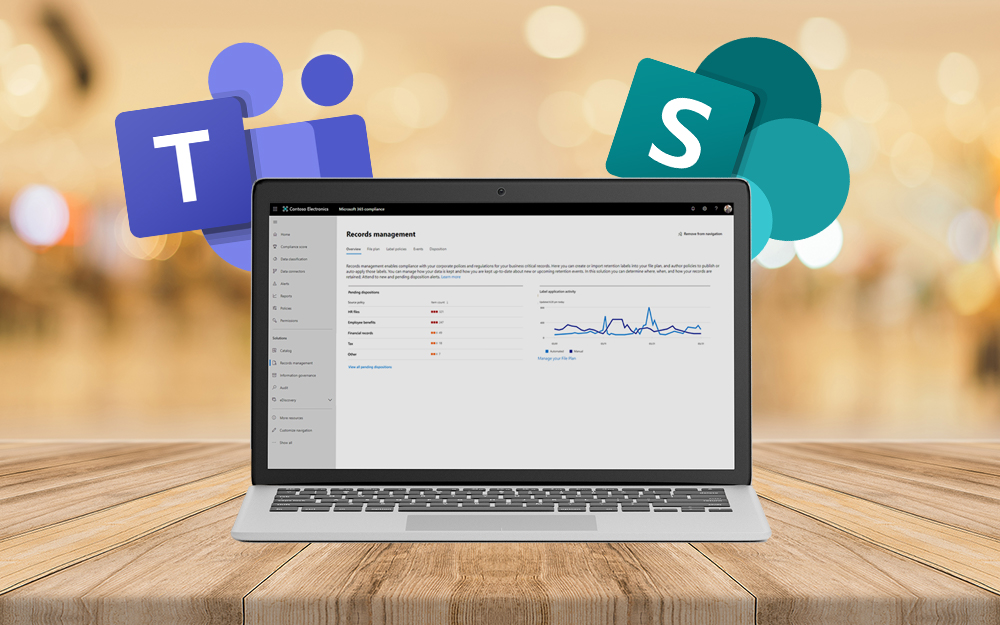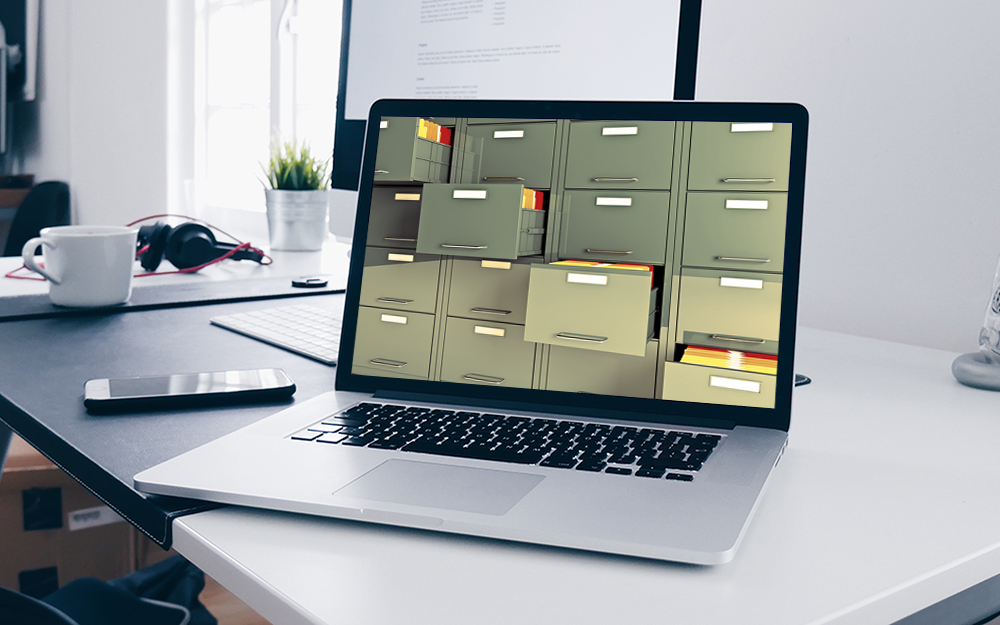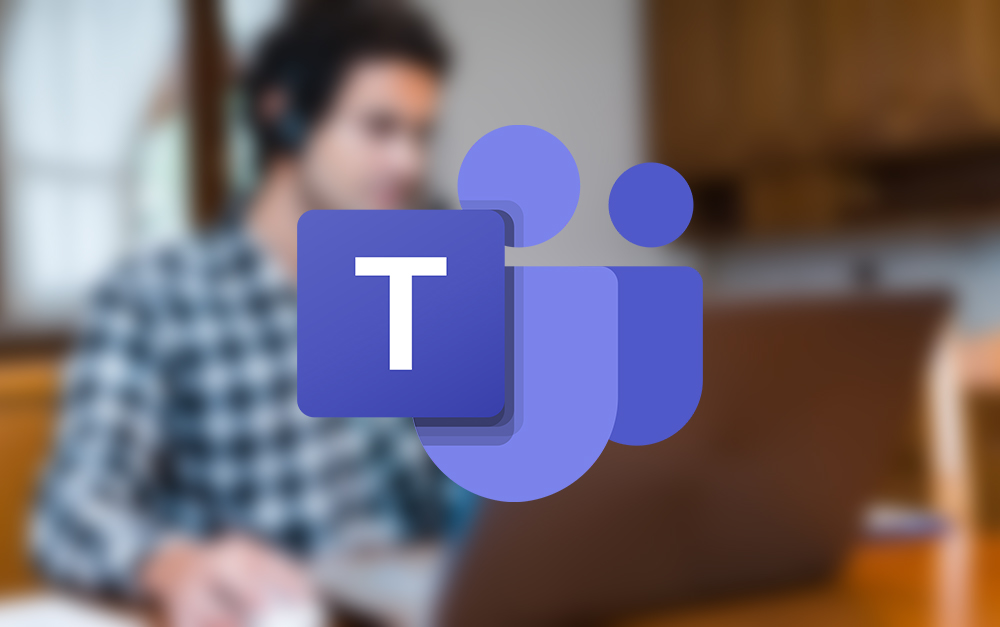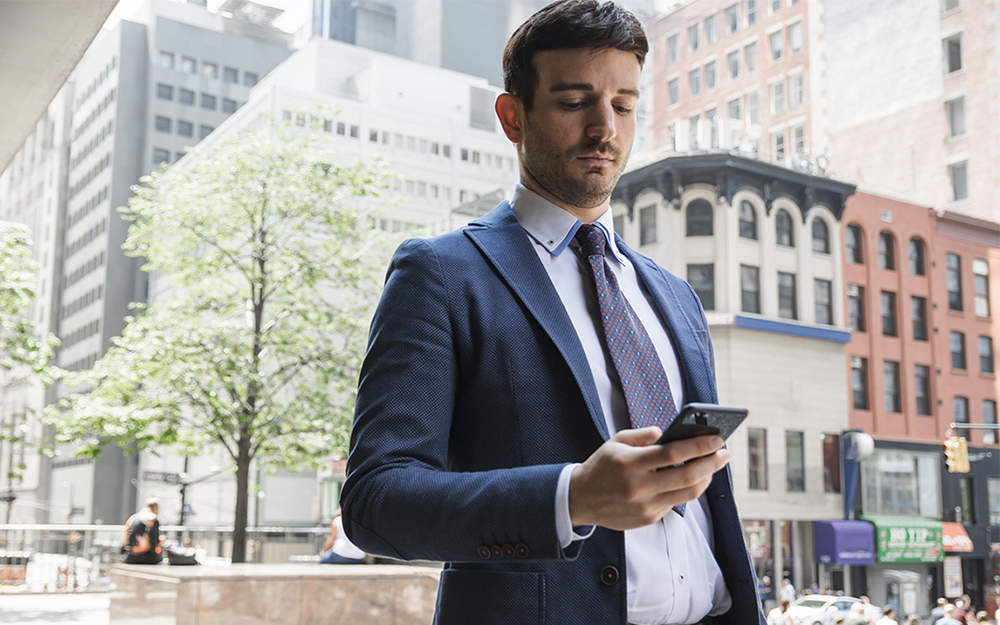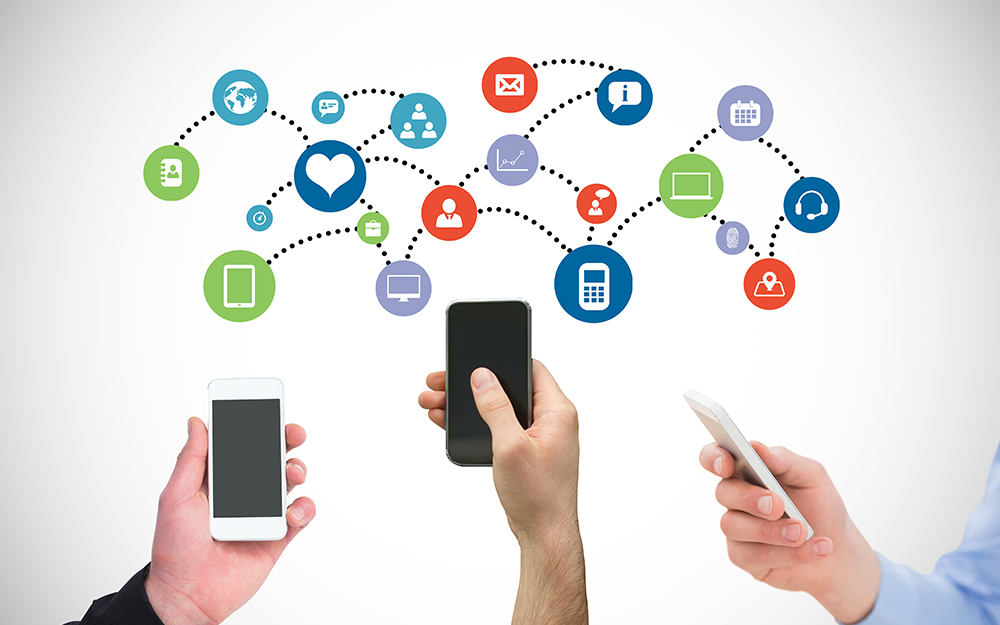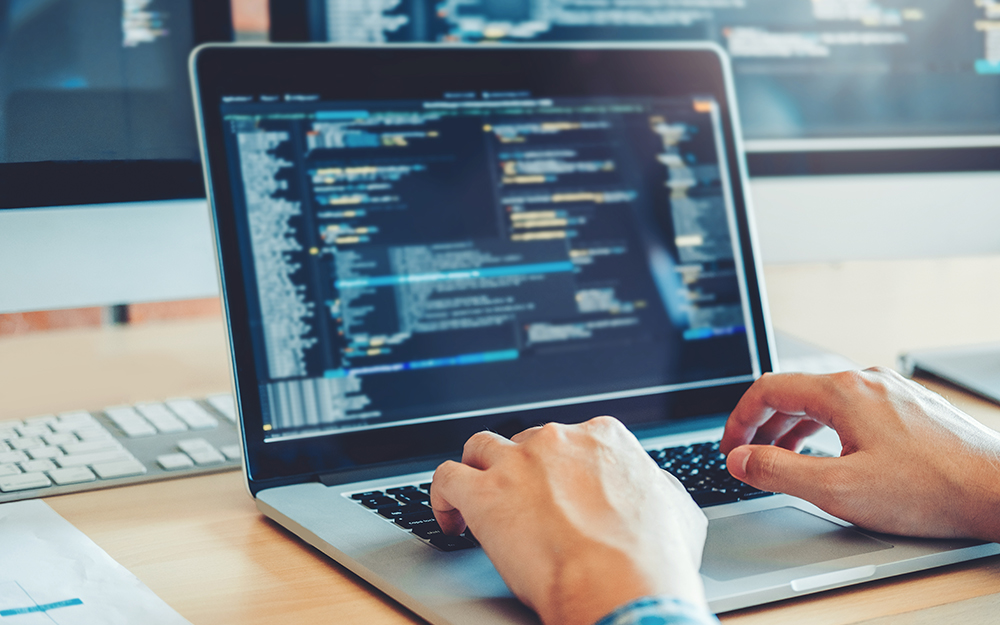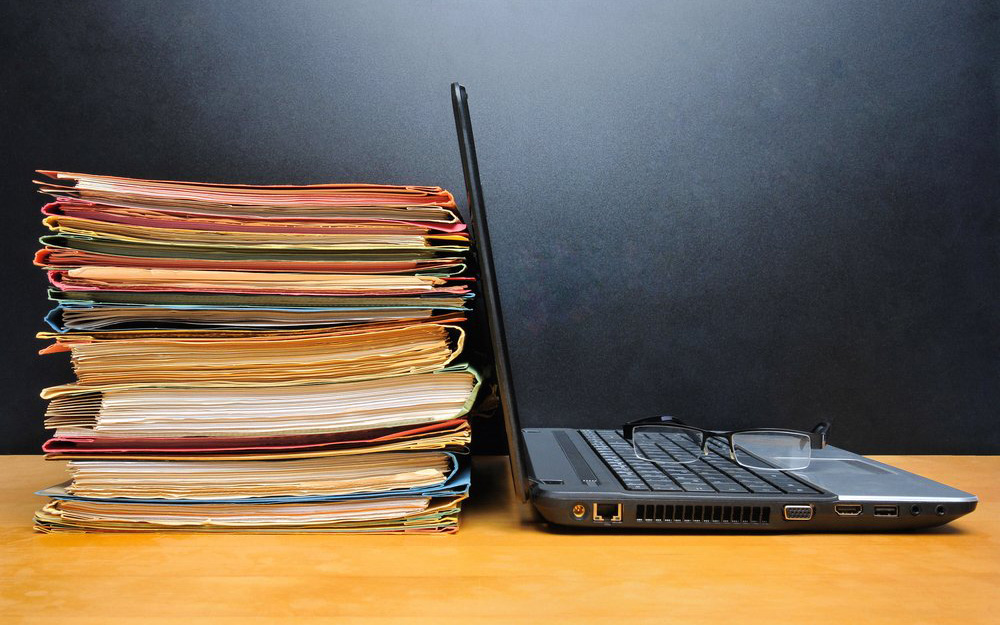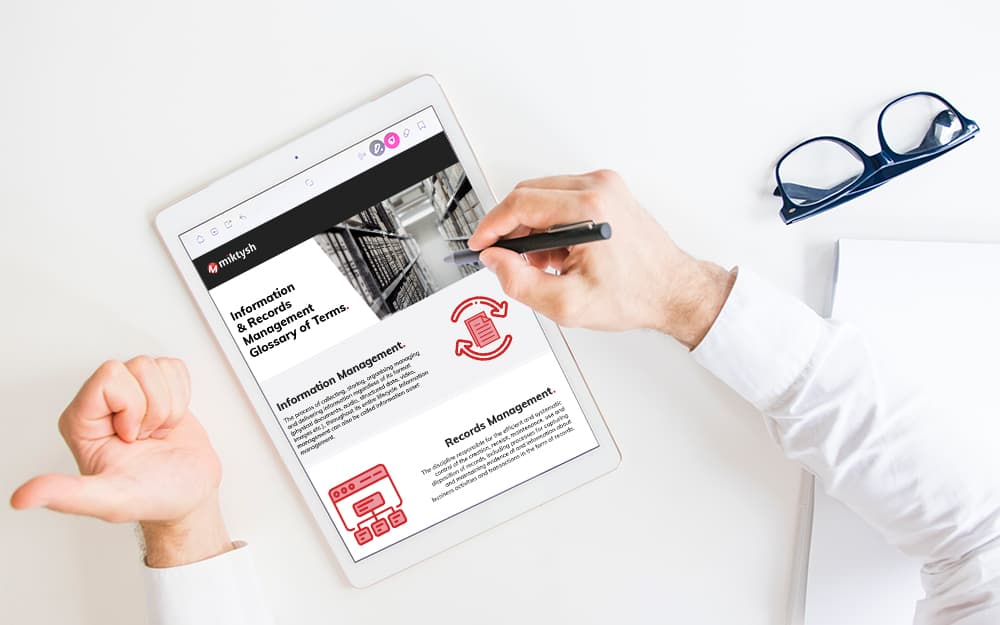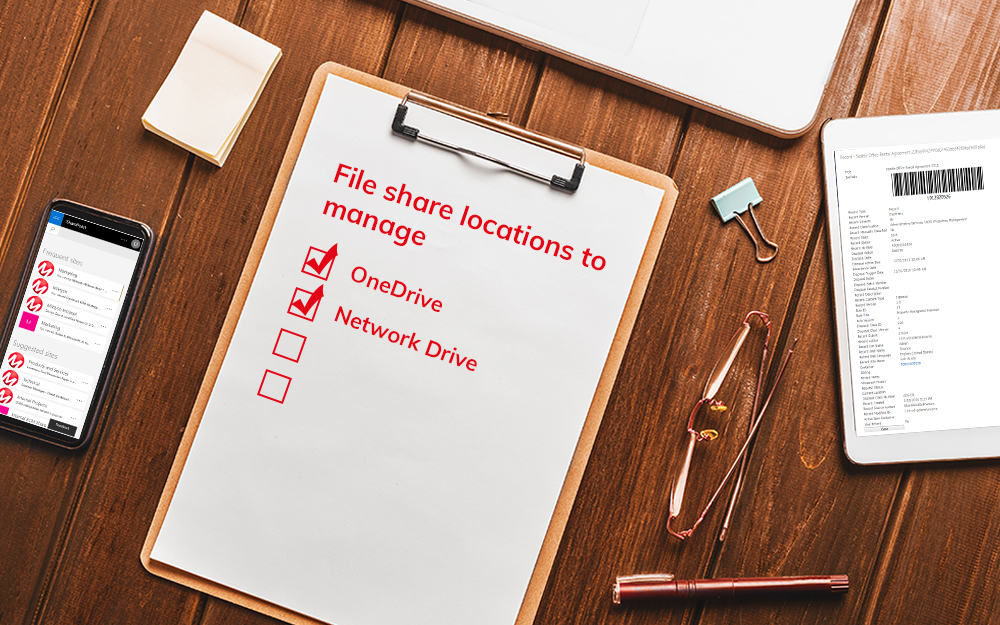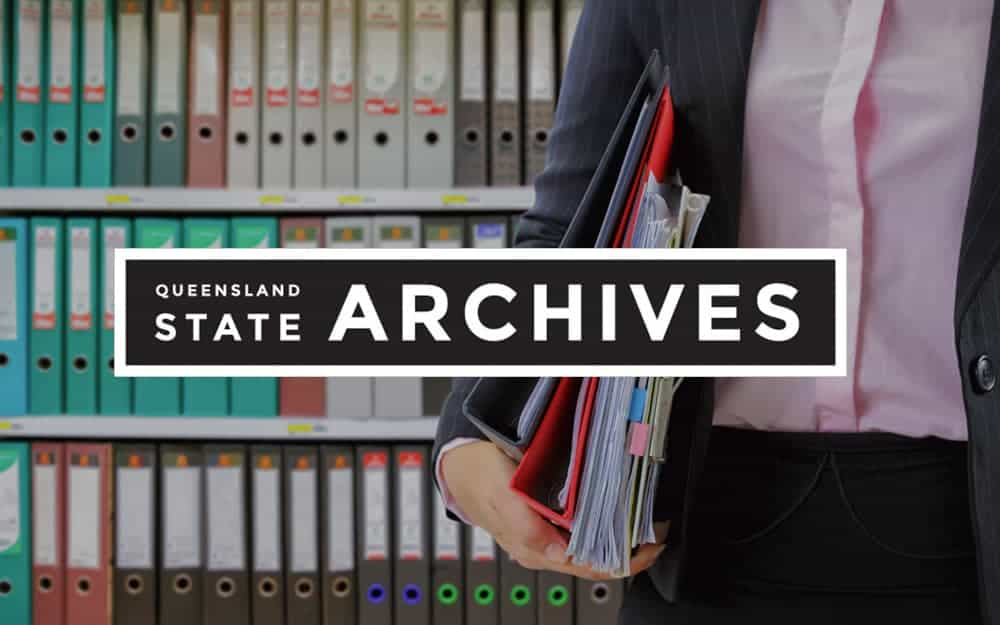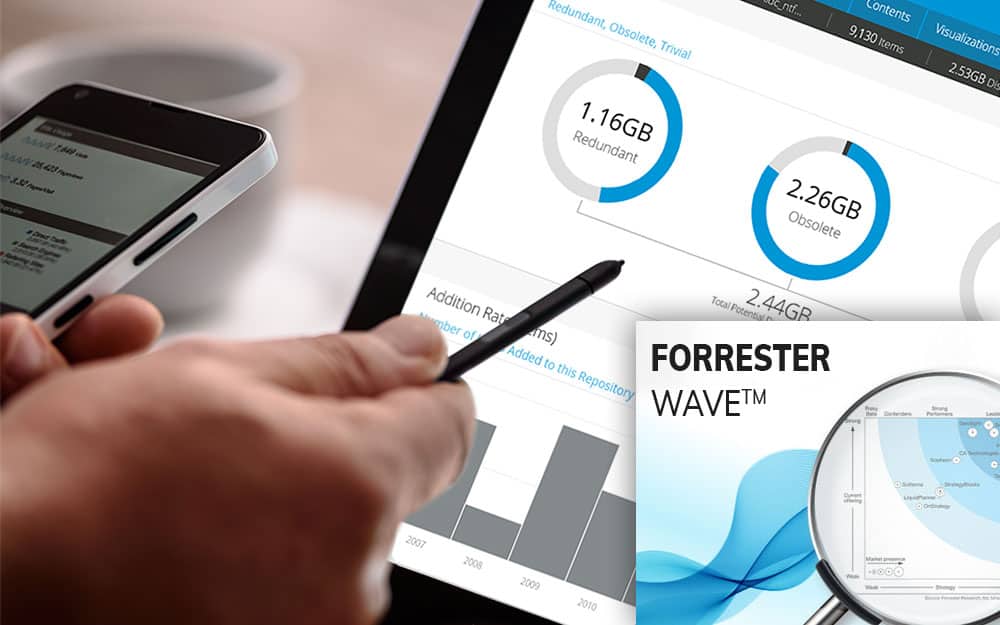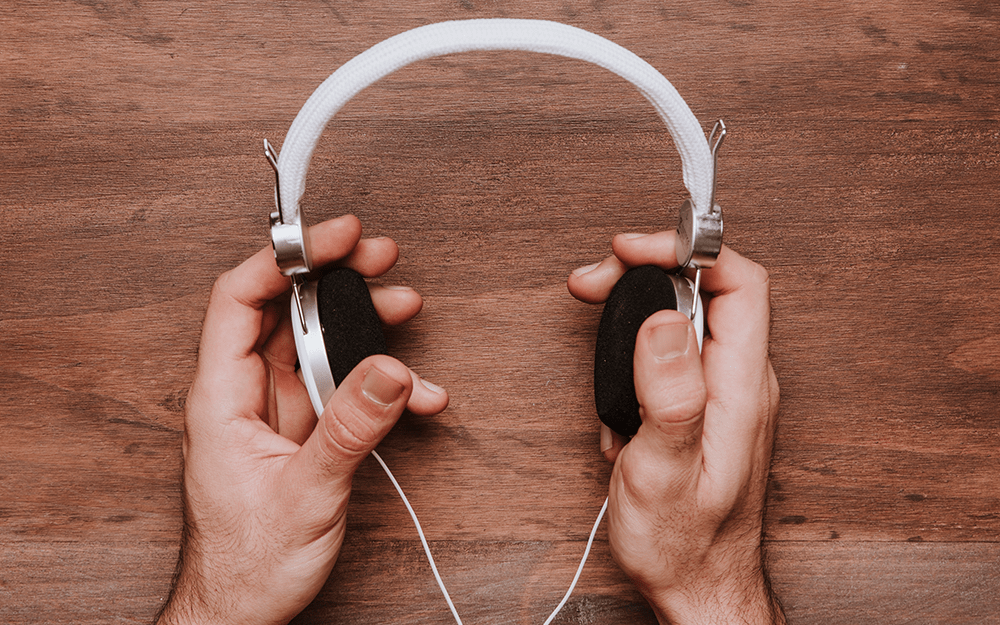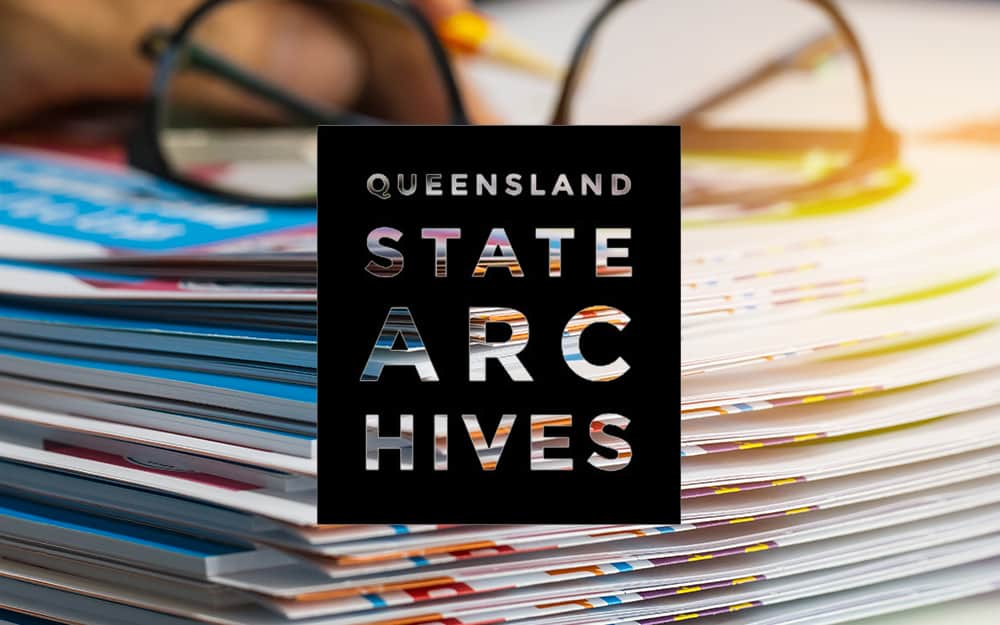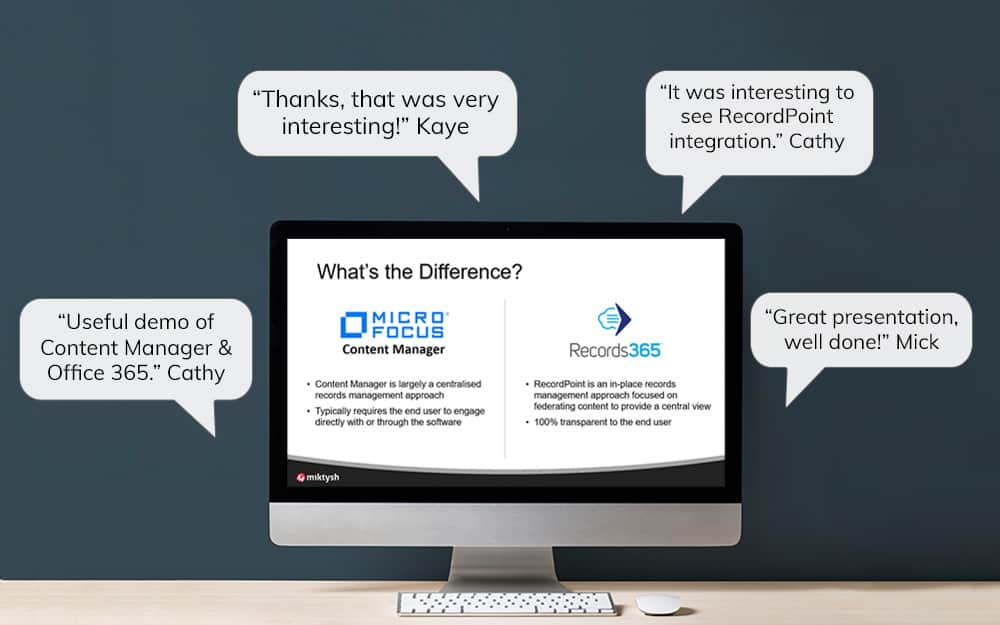Miktysh Blog.
Your go-to source for everything records management, eDRMS, Office 365, TRIM/Content Manager, RecordPoint, AvePoint, and EncompaaS related.
Categories
Topics
Structured vs. Unstructured Data – What’s the Difference?
Aug 30, 2018 | Information Management

Enterprise data is at the heart of every business and continues to grow at an impressive rate as technology advances and organisations digitise their operations. Generally, organisational information falls into two categories; structured vs. unstructured data, both equally important and challenging to manage. The ability to recognise the difference between the two and understand the challenges related to managing both types of data is an important part of developing a successful information management strategy.
What is Structured Data?
As its name denotes, structured data is well-organised information that is easily searched, analysed and classified, and can usually be found in relational databases or, because of its structure, will easily fit into one – think spreadsheet data. Structure data can be generated by humans or machines and is generally alphanumerical in nature.
Examples of common relational databases include airline reservation systems, enterprise resource planning systems, finance and payroll systems, inventory management systems and customer relationship management (CRM) systems. Some relational databases, such as CRM systems, do store or point to unstructured data, however this information is not as easily searchable as the information doesn’t fit traditional database queries.
Structured data can be found in every organisation and includes data such as metadata, pay rates, Medicare numbers, product names and stock numbers, transaction information, employee names, contact information and flight numbers.
What is Unstructured Data?
Unstructured data is essentially everything else, making up the majority of organisations’ information. Even though unstructured data may be organised, it’s not structured using a schema or predefined data models. Unstructured data comes from social media platforms, repositories such as SharePoint, location services, applications such as Microsoft Word, communications via instant messaging tools, email and audio files to name a few.
Human generated unstructured data includes text files such as Word documents, emails, instant messages, audio and video files, social media posts and messages, digital photos and information found in productivity applications such as Microsoft Teams.
Machine generated unstructured data can be satellite imagery, traffic video footage, scientific data such as seismic activity or weather data, digital surveillance, recorded phone calls (which can be human generated also), radar and sonar data.
Managing Your Structured and Unstructured Data
Most organisations today have a large amount of data, with files stored across numerous systems and repositories. This increasingly common practice poses significant risk and challenges to organisations, Records & Information Managers, including the ability to;
- Access the right information at the right time, directly impacting operational efficiency
- Manage duplicate content and maintain version control
- Apply policy, retention and disposal schedules to files across repositories
- Report on and analyse information in various systems
- Identify where dark data lives and understand how to secure it
- Protect sensitive organisational information
- Archive legacy information systems and applications
- Reduce or maintain storage costs
- Meet regulatory recordkeeping obligations
Despite these risks and the value of enterprise data, we often find that organisations aren’t managing either type of data as effectively as they could, which is where our expertise and product offering come into play.
Micro Focus ControlPoint is one of the tools we utilise at Miktysh to identify connect and control unstructured information across systems and applications. ControlPoint enables organisations to clean up legacy data and shine a light on dark data that is sitting unmanaged in email repositories, file shares and SharePoint sites to help reduce storage costs, gain better visibility of information and apply policies to improve information security and compliance.
For management of structured data and archiving of legacy applications we recommend Micro Focus Structured Data Manager. The software enables identification and control of structured information, providing the ability to safely and easily archive information from applications databases whilst preserving data integrity, privacy and access.
As the pace of information creation continues to accelerate, today’s organisations require robust solutions to effectively manage and govern their information. If you’d like to discuss how to improve the management of your organisation’s data, contact our team of records and information management specialists.

Liza Tinker
Business Consultant
Liza is a SharePoint consultant with over 15 years’ experience in the private and public sector in the use and delivery of SharePoint and other collaboration solutions using Microsoft 365. She is passionate about technology and improving productivity and quality through collaboration and innovation.
Follow us on social
Popular content.

Analytics Driven Information Governance
14.07.2021
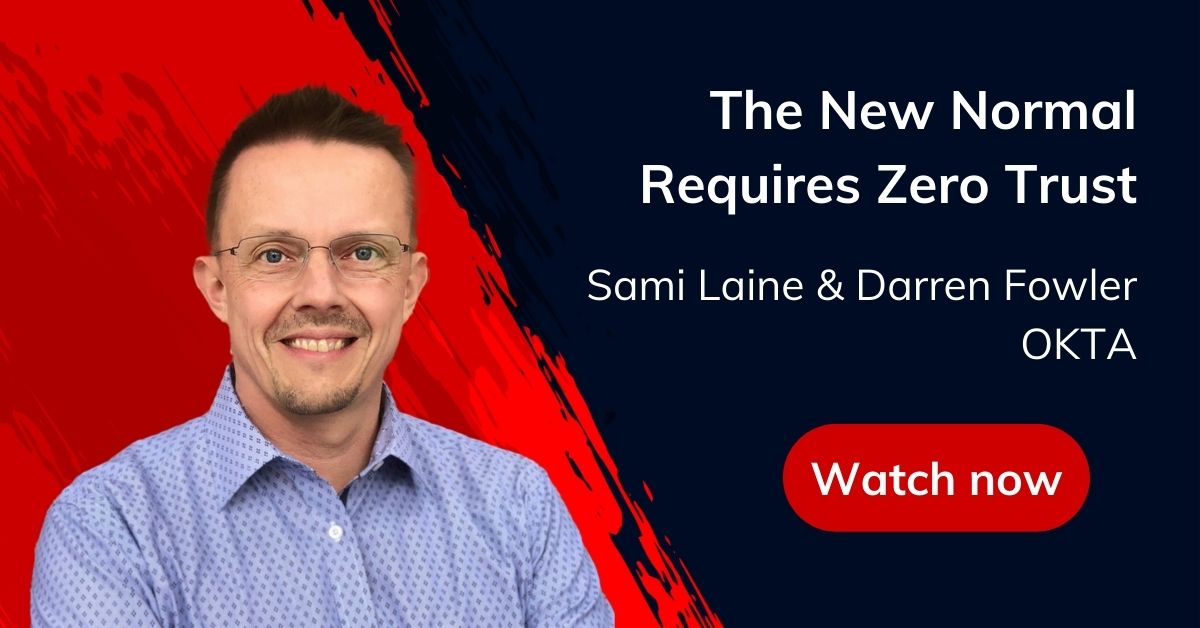
The New Normal Requires Zero Trust
27.06.2021
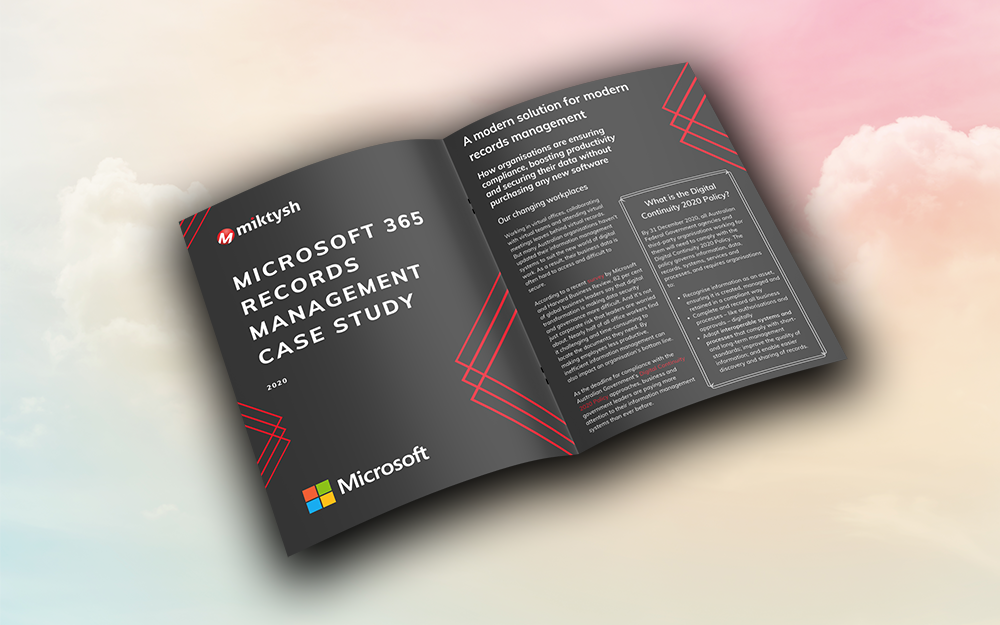
Microsoft 365 Records Management Whitepaper
06.11.2020

Micro Focus Launches Content Manager Select
28.05.2020
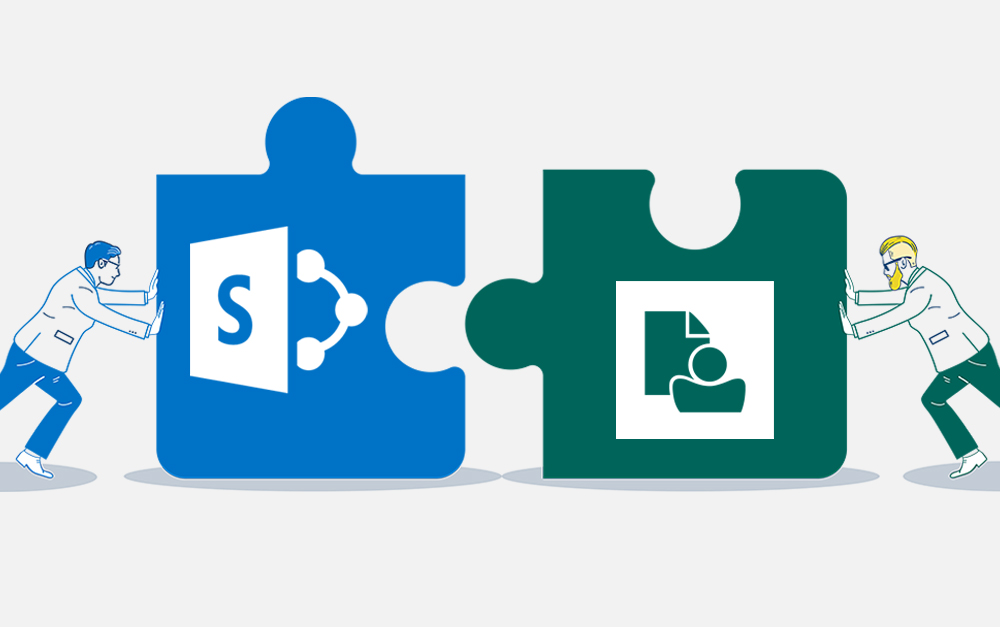
Content Manager SharePoint Integration Demo
20.05.2020

Top 7 Hidden Features in Microsoft Teams
11.02.2020

Integrate Content Manager with SharePoint
15.01.2020

Information Management Strategy Example
06.12.2019
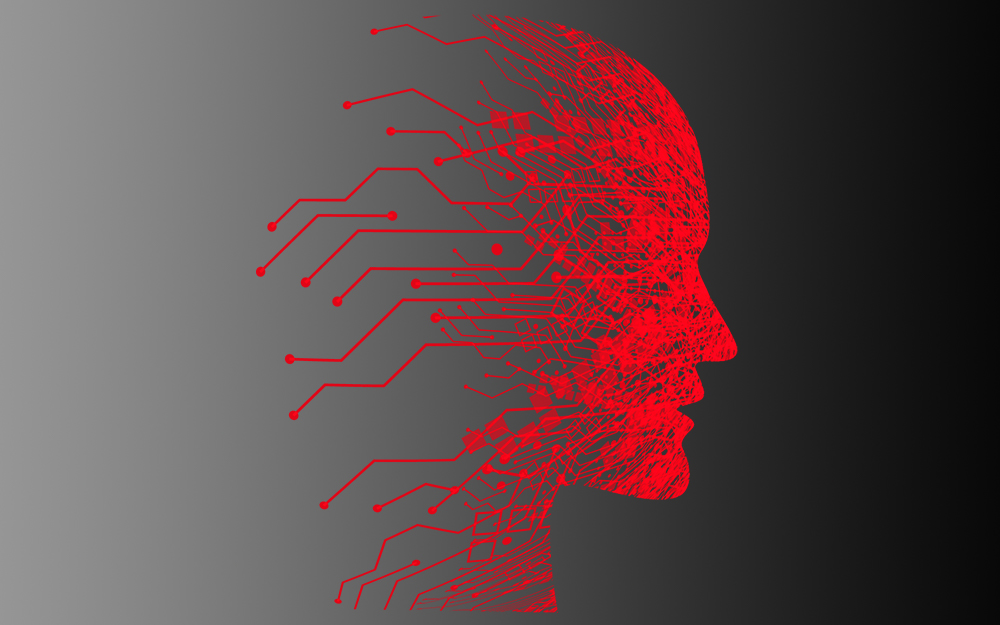
How to Approach a Digital Transformation
13.11.2019

Top 5 Benefits of Migrating to Office 365
10.10.2019
Content Manager 9.4 Web Client
19.09.2019

Content Manager 9.4 Sneak Peek – Video Demo
02.09.2019
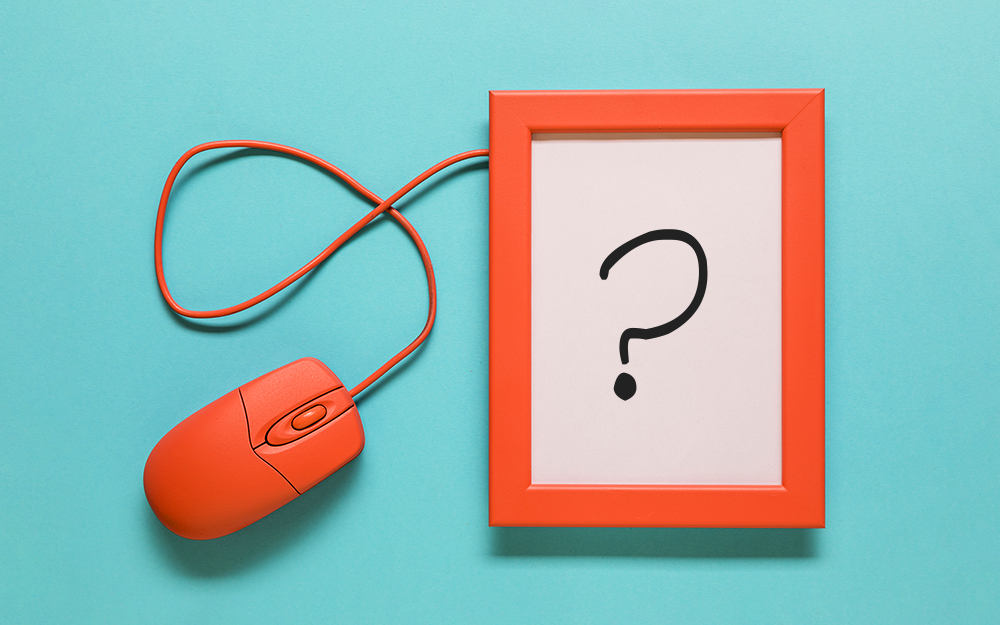
What Version of SharePoint is on Office 365?
27.06.2019

New SharePoint 2019 Features
08.03.2019

Data Migration Validation Best Practices
08.02.2019
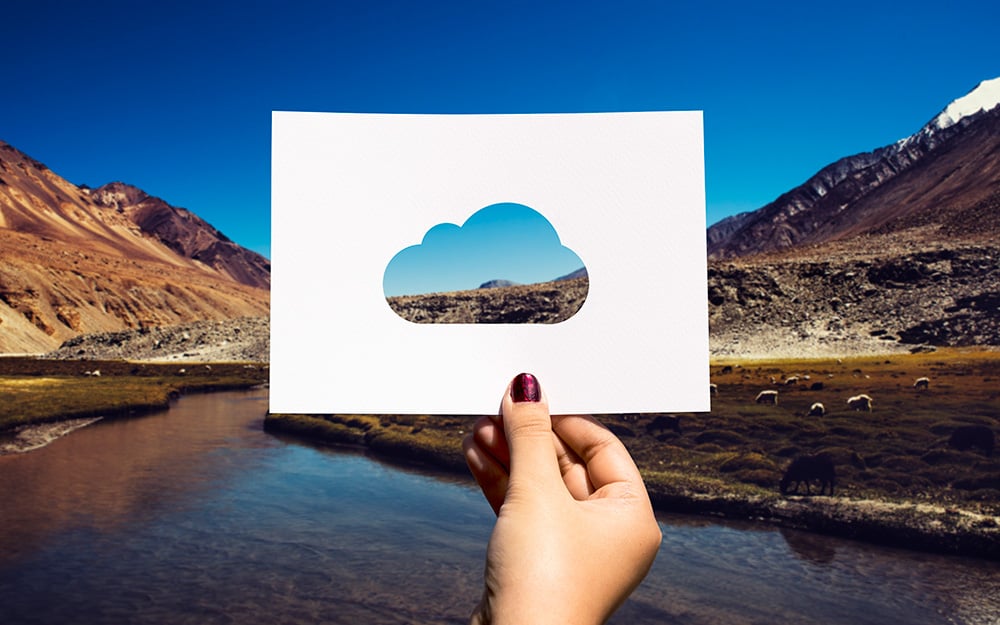
Cloud Governance – RIMPA Queensland Event
27.09.2018
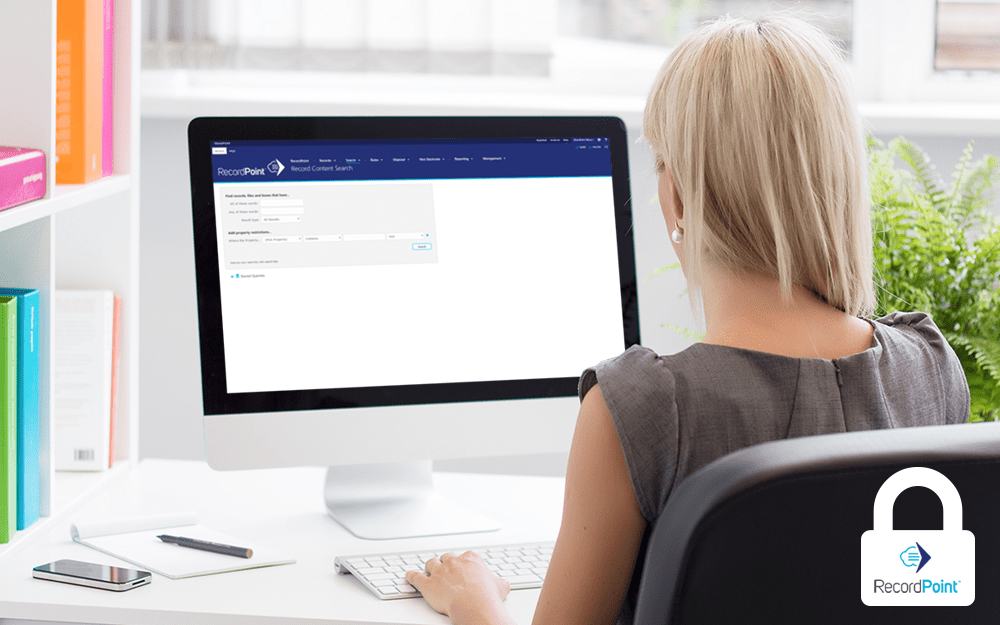
RecordPoint Records365 Demo
09.05.2018

How RecordPoint Enhances Office 365
09.05.2018

6 GDPR Tools to Assist with GDPR Compliance
17.04.2018

Analytics Driven Information Governance
14.07.2021

The New Normal Requires Zero Trust
27.06.2021

Microsoft 365 Records Management Whitepaper
06.11.2020

Micro Focus Launches Content Manager Select
28.05.2020

Content Manager SharePoint Integration Demo
20.05.2020

Top 7 Hidden Features in Microsoft Teams
11.02.2020

Integrate Content Manager with SharePoint
15.01.2020

Information Management Strategy Example
06.12.2019

How to Approach a Digital Transformation
13.11.2019

Top 5 Benefits of Migrating to Office 365
10.10.2019
Content Manager 9.4 Web Client
19.09.2019

Content Manager 9.4 Sneak Peek – Video Demo
02.09.2019

What Version of SharePoint is on Office 365?
27.06.2019

New SharePoint 2019 Features
08.03.2019

Data Migration Validation Best Practices
08.02.2019

Cloud Governance – RIMPA Queensland Event
27.09.2018

RecordPoint Records365 Demo
09.05.2018

How RecordPoint Enhances Office 365
09.05.2018

6 GDPR Tools to Assist with GDPR Compliance
17.04.2018
